How can I use Unicode characters for labels, titles and similar things in a PDF plot created with ggplot2?
Consider the following example:
library(ggplot2)
qplot(Sepal.Length, Petal.Length, data=iris, main="Aʙᴄᴅᴇғɢʜɪᴊᴋʟᴍɴᴏᴘǫʀsᴛᴜᴠᴡxʏᴢ")
ggsave("t.pdf")
The title of the plot uses Unicode characters (small caps), which in the output appear as .... The problem occurs only with pdf plots; if I replace the last line with ggsave("t.png"), then the output is as expected.
What am I doing wrong? The R script I have is in UTF-8 encoding. Some system information:
R version 2.14.1 (2011-12-22)
Platform: x86_64-pc-linux-gnu (64-bit)
locale:
[1] LC_CTYPE=en_US.UTF-8 LC_NUMERIC=C
[3] LC_TIME=en_US.UTF-8 LC_COLLATE=en_US.UTF-8
[5] LC_MONETARY=en_US.UTF-8 LC_MESSAGES=en_US.UTF-8
[7] LC_PAPER=C LC_NAME=C
[9] LC_ADDRESS=C LC_TELEPHONE=C
[11] LC_MEASUREMENT=en_US.UTF-8 LC_IDENTIFICATION=C
attached base packages:
[1] stats graphics grDevices utils datasets methods base
When searching for a solution for this problem, I found some evidence that R uses a single-byte encoding for mutli-byte encodigns such as UTF-8 for PDF or postscript output. I also found suggestions to, for instance, be able to get the Euro sign working, but no general solution.
